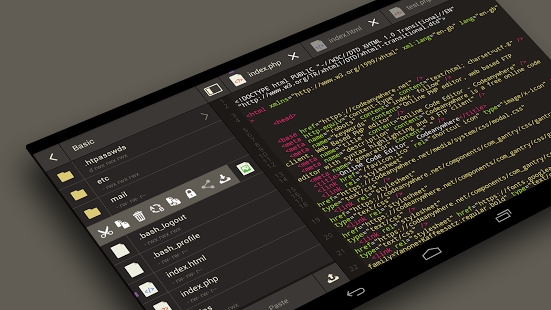
As you can remember ( and as a must to remember for each good administrator) it is not a good idea to work as a root user on Linux. In a perfect world you should use it only to configure a server, to install or to update software, by and large, only for purely administrative purposes. The problem is that we live in the real world that is, actually, quite far away from a perfect one. So, the situation is quite common and, generally, because of negligence, wherefore, the Linux users had no choice but to figure out how does their software works. However, if you know how does the system work and understand its safety mechanisms then you will never work as a root user. Anyway, today we are going to review the ways of raising authorities up from the unprivileged user to a root one, unlike the situation with Windows where we were considering the ways of running with administrative privileges. So, let’s start.
Read full article →



















